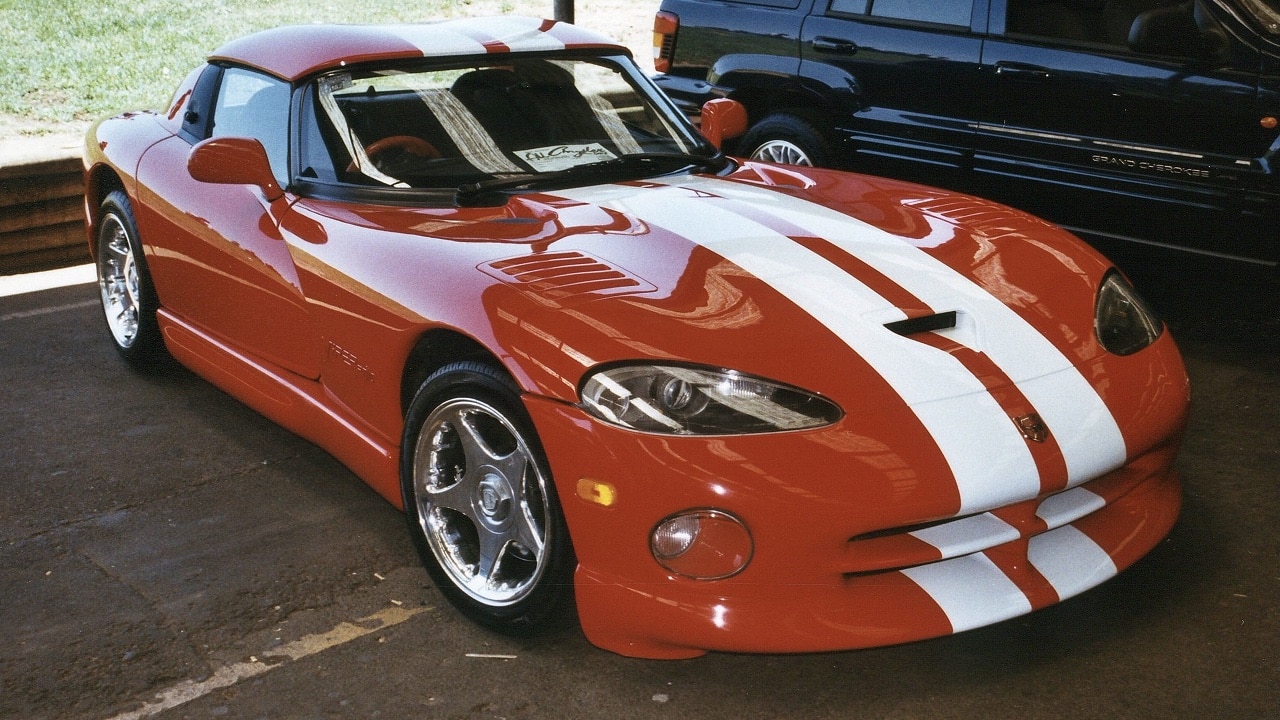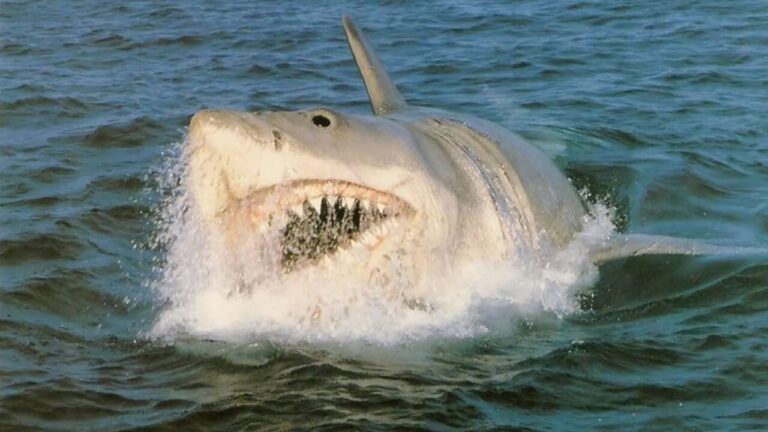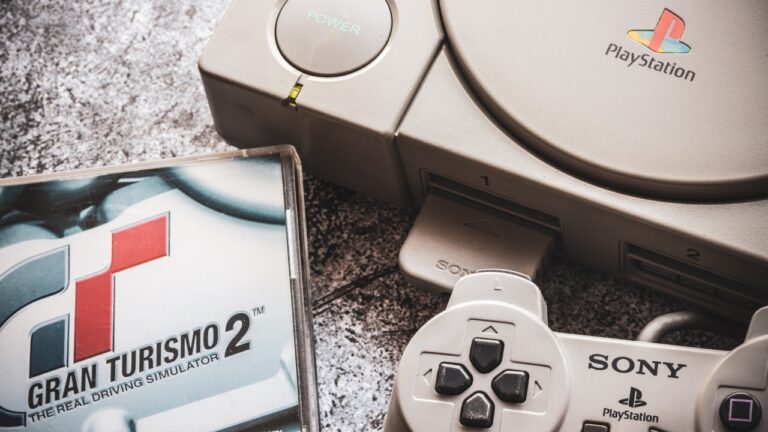15 Sports Cars That Lost Their Coolness as They Aged

When something falls out of fashion and loses its allure, especially after once being cherished and admired, it can be disappointing.
Sadly, automobiles, including some really cool sports cars, have fallen victim to market or cultural shifts, decreased demand, and – in worst cases – a loss of personal identity that ultimately stripped them of their desirability.
While not all cars that go through market and/or cultural shifts lose their appeal, some sports cars are not so fortunate. This may be due to their aging designs, new competition, reliability issues, or changing trends. Let’s unearth such hapless sports cars, but before we go any further, remember that the subject is subjective and may not reflect the entire market or community, as there are often enthusiasts for nearly every make and model.
Hyundai Tiburon

- Production Years: 1996–2008
Known in Europe as just the Hyundai Coupe, the Tiburon was a victim of obsolescence– no more and no less. It’s a shame that not many Gen Zs even know about the Tiburon, even though it was exceedingly popular during its production run.
Thanks to the predictable, but not inevitable, realities of shifting market trends, the Hyundai Tiburon sports car has fallen by the wayside, overshadowed by newer offerings like the Veloster.
Chrysler Crossfire

- Production Years: 2003–2007
The Crossfire was a product of the DaimlerChrysler partnership that never quite caught on and ended production in 2008. It was Chrysler’s first-ever sports car, but its Mercedes SLK innards meant it was more a casual cruiser than a performance-oriented coupe.
Chrysler managed to sell a reported 76,000 units before it was all over, most of which happened in the first years of its production. Sadly, the feverish interest in this Ameri-German piece of technology waned rather quickly as people realized the Crossfire idea sounded much better on paper.
Nissan 370Z

- Production Years: 2002–2009
Well, if this were a popularity test, the Nissan 350Z would shine like a star. Unfortunately for the Fairlady Z, this is a test of demand, as the aging 350Z already lost that in spades before the 400Z was born in 2021.
Granted, the 350Z still looks good, or maybe we’re just star-struck fans who never forget what made the model so popular in the first place. It was cheaper than its Mazda and Toyota rivals while still offering heady performance and horsepower.
Dodge Viper

- Production Years: 1992–2017
Isn’t it sad that some people need reminding of how the Viper was so popular it got cast in movies and TV series, including “Need for Speed” and “The Fast and the Furious?” By the time it was over for this popular sports car in 2017, it benefited from a mighty 8.4-liter V10 that made 645 horsepower and 600 lb-ft of torque.
Unfortunately, only our imagination can predict what the Dodge Viper would’ve looked like today. Although the Viper is still a popular performance car among performance track day enthusiasts, it has largely fallen out of the spotlight, with no direct successor after production ended in 2017.
Mitsubishi Eclipse

- Production Years: 1989–2011
The Eclipse is another popular performance sports car with numerous movie appearances, including “Edge of Extinction,” “The Bully,” “Angel by Thursday,” and “The Fast and the Furious.”
There’s no arguing the Eclipse’s fame among enthusiasts circles, but the original Eclipse sports car is a far cry from the more recent crossover that now bears the “Eclipse” name. Parked side by side, no one (except devotees and aficionados) would notice the original Eclipse.
Chevrolet SSR

- Production Years: 2003–2006
Short for Super Sport Roadster, the Chevrolet SSR was so unique and beautiful that its poor market outing almost stunned us as much as it stunned its designer, Wayne Cherry of GM Design Centers. Inspired by classic Chevy trucks, Cherry designed the SSR as a car-pickup crossbreed, blending the elements of a modern roadster with the retro looks of Chevy’s late 1940s Advance Design truck series.
Looking back, it’s not hard to see that GM miscalculated and the SSR failed to meet sales expectations. It was a niche vehicle, sporting a “wacky” design and underwhelming V8 engine. The SSR was neither here nor there: not wanted by car shoppers looking for performance or by traditional truck shoppers looking for practicality.
Honda S2000

- Production Years: 1999–2009
We dare say that Honda got away with pricing the S2000 as one of the most expensive in its class because there were few RWD Hondas at the time unless your wallet was fat enough to pay for an NSX.
The S2000 is, doubtless, among the greatest JDMs in history, but times have changed and with it all the things that made everyone want to buy the car. The S2000 still enjoys a cult following, but the general market has since moved on after Honda ceased producing it in 2009.
Pontiac Solstice/Saturn Sky

- Production Years: 2005–2010
The Pontiac Solstice’s demise coincided with the death of Saturn and Hummer, as bankruptcy forced GM to clean house. Any hope of the Solstice surviving the axe died with the sale of the Delaware assembly plant to Fisker Automotive. However, the Solstice was already controversial for the wrong reasons before GM had to let it go.
It had very little to offer by way of practicality, especially with the limited trunk space, and it suffered from some reliability issues. Ultimately, this is a beautiful sports car with Corvette-like handling and performance that didn’t stand much of a chance.
Cadillac XLR

- Production Years: 2003–2009
The final year of the Cadillac XLR saw the automaker move just 787 units, with the remaining 12 decorating the dealership until two years later. How the mighty have fallen. The XLR should be a poshier Corvette, built on the 5th-gen Corvette platform.
As it turned out, the idea of a much more luxurious Corvette was solid, but the delivery was the nemesis. The XLR was around 600 lb heavier than the Corvette, thanks to the otherwise sleek aluminum folding roof and all the bells and whistles that make a Cadillac.
It was also considerably slower, and the $75,000 starting price didn’t help. With blue-blooded luxury sports cars with a similar drop-top design like the Porsche 911 Carrera Cabriolet and Lexus SC430 competing for the market, it’s not hard to see why the XLR only lasted one generation and ended up ignored.
Toyota MR2 Spyder

- Production Years: 2000–2007
If you want to know why the MR2 Spyder is on this list, check the Spyder’s current value against its mates from the same period. If that isn’t enough, measure the MR2’s popularity when Toyota introduced it in the 1980s versus now.
Reintroduced in 2000, the MR2 Spyder was an immediate hit with no equal comparison: It was the most affordable mid-engine Japanese sports car stateside. Unfortunately, as the only mid-engine Toyota model, many of its components were unique to the Spyder, making replacement an ordeal many people didn’t want to deal with.
Mercury Cougar

- Production Years: 1999–2002
The Cougar was Mercury’s version of the Mustang. While other cars on this list mostly experienced a downward trend in their marketability, the Cougar was different, enjoying a rising popularity that peaked in 1978 with a whopping 580,000 units sold.
However, the final generation of the Cougar made the unforgivable mistake of moving away from its pony car roots. More precisely, the Cougar gradually lost its identity from the third generation. By its final generation, the Mercury Cougar was virtually unrecognizable, and you could buy a used one for less than $1,000 on Craigslist back then.
BMW Z4

- Production Years: 2002–2008 (E85/E86)
The original Z4, which is the third installment in the BMW Z Series as well as the Z3’s replacement, is an umpire as much as it is the progenitor of the Z4. As such, the respect accorded to the E85/E86 Z4 by enthusiasts is well-earned.
However, the only set of people willing to go that far back in search of a Z-Series Bimmer are said enthusiasts, as the rest of the market is very much content with the modern iterations. Just look at the 2024 Z4: It’s a heart-racing road bender with a perfect blend of luxurious comfort and daily-driving practicality. Who still wants or even remembers the E86?
Toyota Celica

- Production Years: 1970–2006
One of the saddest tales in automotive history is how the Toyota Celica, only ending production as recently as 2006, was so quickly forgotten in the mainstream market. Perhaps, the reason for this betrayal lies in what made the Celica famous in the first place.
It was a motorsport star, beginning with three major international races (two in Belgium and one in West Germany) in 1973, that delighted rally racing fans. Everyone else was more interested in the car’s roomy interior. So, when Toyota killed this affordable fun coupe in 2005, people had already moved on to newer competitions and didn’t notice.
Subaru SVX

- Production Years: 1992–1997
The SVX is one of those cars that get us wondering what could have been. It had the misfortune of coming to the world on the cusp of a recession while toting a relatively high starting price. The fact that the SVX was just a victim of bad luck explains why it still has a dedicated following, even though most people never heard of it.
Subaru managed to sell just 5,280 units of the SVX in its first year, less than 4,000 in the second year, and the downward trend continued until Subaru could only sell 640 units in its last year.
Aston Martin Cygnet

- Production Years: 2011–2013
Imagine an Aston Martin Kei car. Did you just laugh? That’s exactly what Aston Martin tried to do with the Cygnet in 2011, and it chose to do so by rebranding the Toyota IQ, a city car that Toyota eventually canceled in 2015 due to slow sales.
Did Aston Martin try to woo the not-so-rich regular public with the Cignet? Well, that’s probably why they offered a 3-door hatchback for around $38,000. They’re even more expensive these days as priced collector items. Do you want one? We didn’t think so. Aston’s usual crowds were not interested in the car either.
Last Words

Before we call it a day, we just want to take a minute to reiterate that these cars may not be in the limelight as they once were, but many still have passionate communities and collectors who appreciate them. Yes, we know and respect this fact. Adieu.





